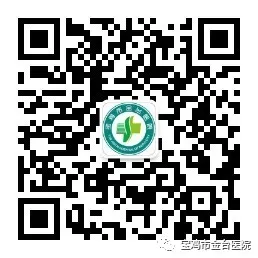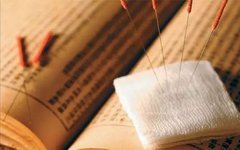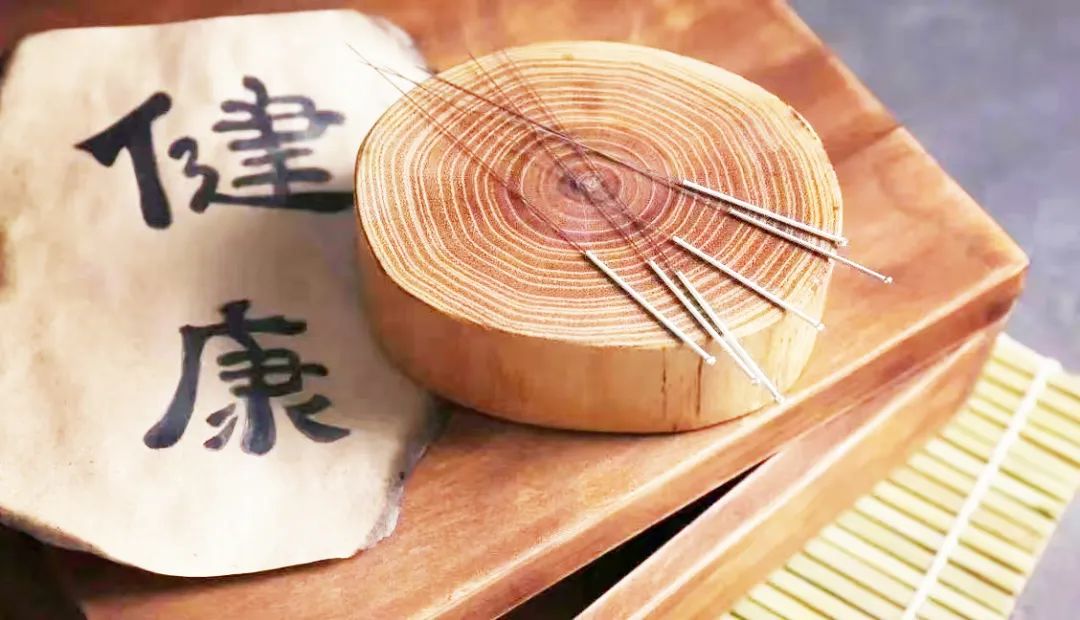
A single herb, a whiff of medicinal aroma, traverses through time, embodying thousands of years of Traditional Chinese Medicine (TCM) culture. Over thousands of years, TCM has gradually formed a mature medical system through long-term medical practice and experience, which can address different causes, nature, and locations of diseases using various treatment methods such as acupuncture, tuina (Chinese therapeutic massage), and cupping, allowing the human body to recover. Acupuncture is a unique method of treating diseases in TCM. In specific clinical applications, acupuncture has a wide range of indications, significant efficacy, simple and easy operation methods, and few side effects, playing a huge role in safeguarding people’s health. Today, doctors from the TCM department of Baoji City Jintai Hospital will introduce you to acupuncture.
The Origin of Acupuncture
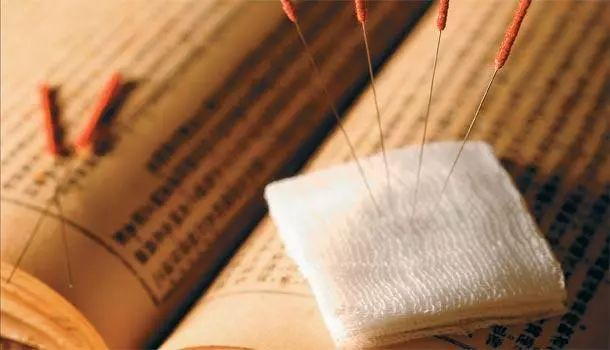
“Acupuncture” refers to the combination of needling and moxibustion techniques. As early as ancient times, when people experienced certain pains or discomforts, they often used sharp objects to stimulate specific areas on the body through friction, kneading, pressing, or striking to alleviate pain and seek recovery from diseases. Later, ancient people began to consciously use sharp stones to stimulate certain specific areas of the body to achieve pain relief and treat diseases. These sharp stones were the earliest acupuncture tools, known as bian stone. As ancient wisdom and social productivity continued to develop, acupuncture tools gradually evolved into bronze needles, iron needles, gold needles, silver needles, and eventually to the stainless steel needles commonly used today.
Moxibustion predates needling. Since ancient people discovered and used fire, they found that the pain in certain body parts could be alleviated or relieved by the burning or heating of fire. They then learned to wrap heated stones or sand in animal skin or tree bark for local heat application, gradually developing the method of using ignited branches or dry grass for treatment. After long-term exploration, they chose mugwort leaves as the main material for moxibustion due to its flammability and warming properties, applying heat stimulation to specific areas of the body. Because mugwort leaves are easy to burn, have a fragrant aroma, are abundant in resources, and are easy to process and store, they later became the primary material for moxibustion.
”Bian and needle” gradually developed into needling techniques, while “heat and moxibustion” gradually developed into moxibustion techniques, which are the precursors of acupuncture therapy. Medicine originates from biological instincts, and surface stimulation methods are proactive treatments for pain. However, only in China has the surface stimulation therapy represented by acupuncture been developed to its fullest, further evolving into TCM characteristic therapies such as tuina, cupping, and gua sha.
Classification of Acupuncture
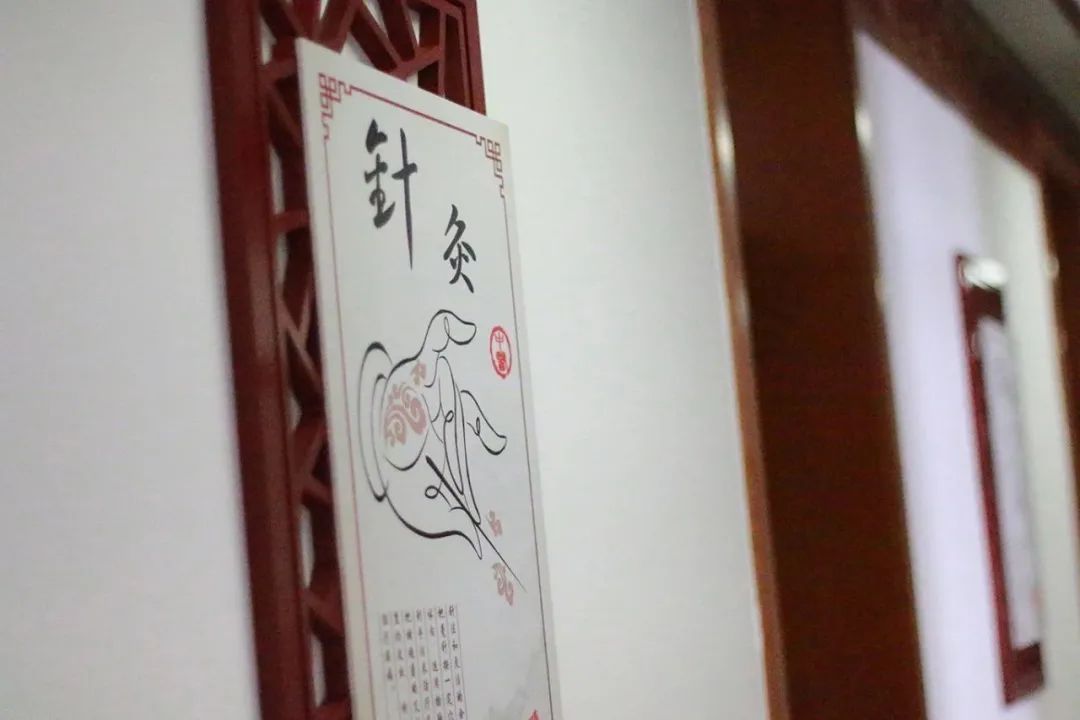
1. Fine needle technique: Refers to the method of using fine needles to penetrate or stimulate acupuncture points along meridians to prevent and treat diseases, including techniques such as holding the needle, inserting the needle, manipulating the needle, tonifying and reducing techniques, retaining the needle, and withdrawing the needle. There are strict operational procedures and clear requirements, among which the techniques, methods, measurements, and obtaining qi are particularly important. This is the main technique among various needling methods and is a fundamental skill that acupuncture practitioners must master.
2. Moxibustion: This involves placing mugwort or other medicinal substances on acupuncture points on the body and burning or warming them. Through the gentle heat of the moxibustion fire and the effects of the medicinal substances, it promotes the flow of qi and blood, strengthens the body’s defenses, expels pathogens, and achieves therapeutic and preventive health purposes.
3. Cupping: This method uses various techniques to remove air from the cupping vessel to create negative pressure, allowing it to adhere to the body surface for treatment. Also known as suction therapy or cupping therapy. In ancient times, it was made from animal horns, known as horn therapy. Through suction, it can cause local tissue congestion or stasis, promoting the smooth flow of meridians and abundant qi and blood, with effects such as invigorating blood circulation, relieving pain and swelling, dispelling cold, eliminating dampness, detoxifying, and reducing fever.
4. Other needling methods: Triangular needle technique, skin needling technique, intradermal needling technique, fire needling technique, and electric needling technique.
5. Modern needling and moxibustion techniques: Ear acupuncture, scalp acupuncture, eye acupuncture, hand acupuncture, foot acupuncture, wrist and ankle acupuncture, sound wave electric acupuncture, electric fire acupuncture, microwave acupuncture, laser point irradiation, point application, point embedding, point magnetic therapy, point injection, point finger technique, point ion penetration, point incision, and point ligation.
6. Plum blossom needle therapy: Also known as skin needle therapy, it involves using five or seven needles grouped together to prick the skin at meridian points.
7. Moxibustion techniques: Moxibustion therapy includes moxa stick moxibustion, moxa cone moxibustion, and warm needle moxibustion. Moxa stick moxibustion is divided into mild moxibustion, sparrow pecking moxibustion, and hot moxibustion. Moxa cone moxibustion is divided into direct moxibustion and indirect moxibustion. Warm needle moxibustion, also known as moxibustion on the needle or needle handle moxibustion, involves placing a moxa stick on the needle handle after obtaining qi and igniting it, allowing the heat to be transmitted through the needle into the acupuncture point.
Effects of Acupuncture
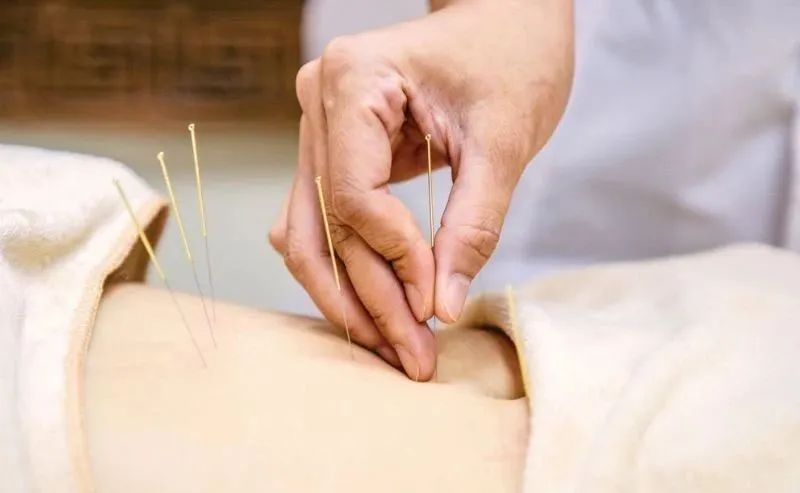
TCM believes that when the meridians are blocked, the flow of qi and blood is obstructed, leading to pain. Acupuncture has the effects of unblocking the meridians, harmonizing yin and yang, and strengthening the body while expelling pathogens. From a modern medical perspective, acupuncture has the following four major effects:
(1) Analgesia. Analgesia is the most widely applied area of acupuncture therapy. The analgesic effect of acupuncture works through the endogenous analgesic system, with the midbrain limbic system, such as the hippocampus and amygdala, playing an important role in acupuncture analgesia. Additionally, the conduction pathways of acupuncture analgesia include opioid substances, such as enkephalins, endorphins, and dynorphins. Different frequencies of electroacupuncture stimulation can activate different analgesic substances.
(2) Immune regulation. The immune regulatory effects induced by acupuncture mainly manifest as: ① Regulating immune cells. Enhancing the function of normal immune-active cells in the body. In cancer patients, healthy immune function indices such as cytokines IL-2, natural killer cell cytotoxicity, and T lymphocyte transformation rate can be improved by acupuncture, enhancing the immune function of chemotherapy patients. ② Participating in neuro-immune responses. The hypothalamus is the primary center for neuroendocrine-immune regulation, also regulating the activity of the autonomic nervous system. Acupuncture or electroacupuncture can activate the hypothalamus, releasing endogenous opioid peptides, and activating the sympathetic or parasympathetic nervous system, leading to profound psycho-physiological responses, including strong analgesic effects, regulation of visceral functions, and immune modulation.
(3) Regulation of visceral function. The distribution of the body’s mu points and shu points is related to the segmental distribution of somatic and sympathetic nerves. The visceral mu points and corresponding shu points have the same or similar segmental nerve supply relationships. Visceral diseases can manifest on the body surface, thus acupuncture at the corresponding mu points and back shu points has regulatory and therapeutic effects on functional diseases of the cardiovascular system, digestive system, and urinary system.
(4) Promoting motor function rehabilitation after stroke. Rehabilitation from post-stroke hemiplegia relies on the plastic compensation and functional reorganization of the central nervous system. Functional reorganization aims to enable receptors to receive incoming impulses to promote the plastic development of cortical functions, maintaining the incoming information for functional reorganization, allowing lost functions to be restored as much as possible. The muscle afferent stimulation induced by acupuncture is considered a method to enhance the post-stroke plasticity process in the brain. The promoting effect of acupuncture on motor function rehabilitation includes: ① Emphasizing the residual function of the ascending and descending conduction pathways on the hemiplegic side; ② Regulating spinal cord motor reflex functions, including acupuncture on the paralyzed side to induce motor reflex therapy and acupuncture on the healthy side to induce motor reflex therapy on the affected side.
Diseases Suitable for Acupuncture

Acupuncture can treat various diseases across internal, external, gynecological, pediatric, and orthopedic disciplines, particularly excelling in post-stroke hemiplegia, facial nerve inflammation, neck, shoulder, waist, and leg pain, acute sprains, herpes zoster and postherpetic neuralgia, gastrointestinal diseases, and chronic disease management.
1. Neurological diseases: Including headaches, migraines, post-stroke sequelae, insomnia, intercostal neuralgia, herpes zoster, etc. For example, according to TCM theory, herpes zoster is caused by heat and toxic pathogens, which can be treated effectively through needling, cupping, and bloodletting.
2. Gynecological diseases: Including dysmenorrhea, mammary gland hyperplasia, menstrual irregularities, and perimenopausal syndrome, all of which can be treated with acupuncture. Additionally, acupuncture can assist in treating uterine fibroids, premature ovarian failure, and infertility.
3. Musculoskeletal diseases: Including cervical spondylosis, lumbar disc herniation, ankle sprains, and knee osteoarthritis. From a treatment mechanism perspective, one of the major therapeutic effects of acupuncture is analgesia, thus acupuncture is particularly effective for pain management related to musculoskeletal diseases.
4. Endocrine diseases: Including obesity, diabetes, hyperthyroidism, chloasma, and acne. Among these, thyroid nodules and diabetes are generally treated with acupuncture as an adjunctive therapy.
5. Respiratory diseases: Including pharyngitis, colds, acute tonsillitis, cough, chronic bronchitis, etc.

Doctors from the TCM department of Baoji City Jintai Hospital remind everyone that Chinese herbal medicine is another important means of treating diseases in TCM. Therefore, by using herbal medicine to regulate the internal balance of the body, the goal of treating diseases can be achieved. The effects of herbal medicine are relatively slow, requiring time to see results. Acupuncture and moxibustion focus more on regulating the body’s functions as a whole, while herbal medicine emphasizes treating the root causes of diseases. In actual treatment processes, appropriate treatment methods should be chosen based on the specific conditions of the patient. However, acupuncture is an effective method for treating chronic diseases, but multiple treatment courses are needed to achieve optimal results. Patients should fully understand the characteristics and precautions of acupuncture treatment, actively cooperate with doctors during treatment, and under the guidance of doctors, use acupuncture to achieve the goals of treating diseases, regulating health, and alleviating pain.

Contributed by: TCM Department
Edited by: Sun Weiwei
Reviewed by: An Qinde
2024
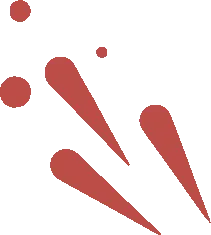
Safeguarding Health | Moving Forward

Baoji City Jintai Hospital
Wishing you and your family health and safety

